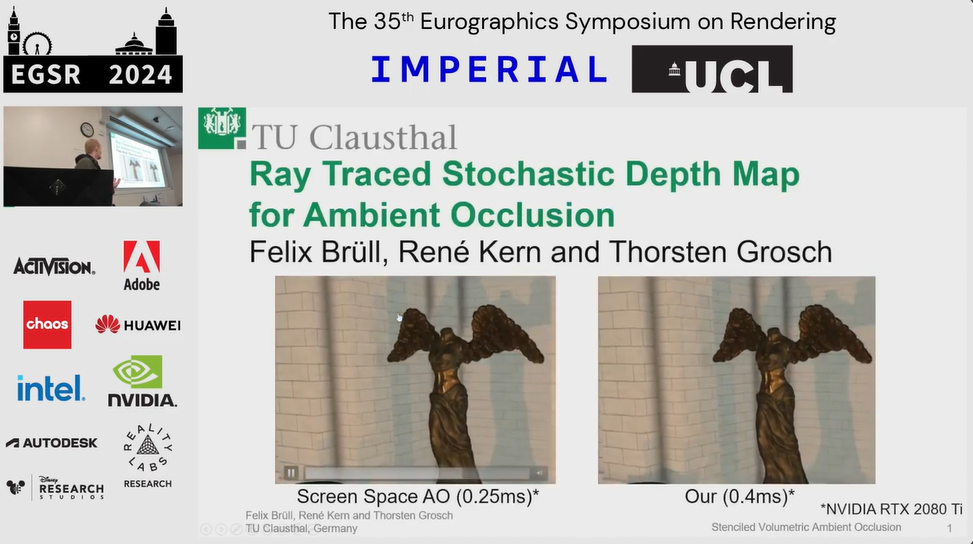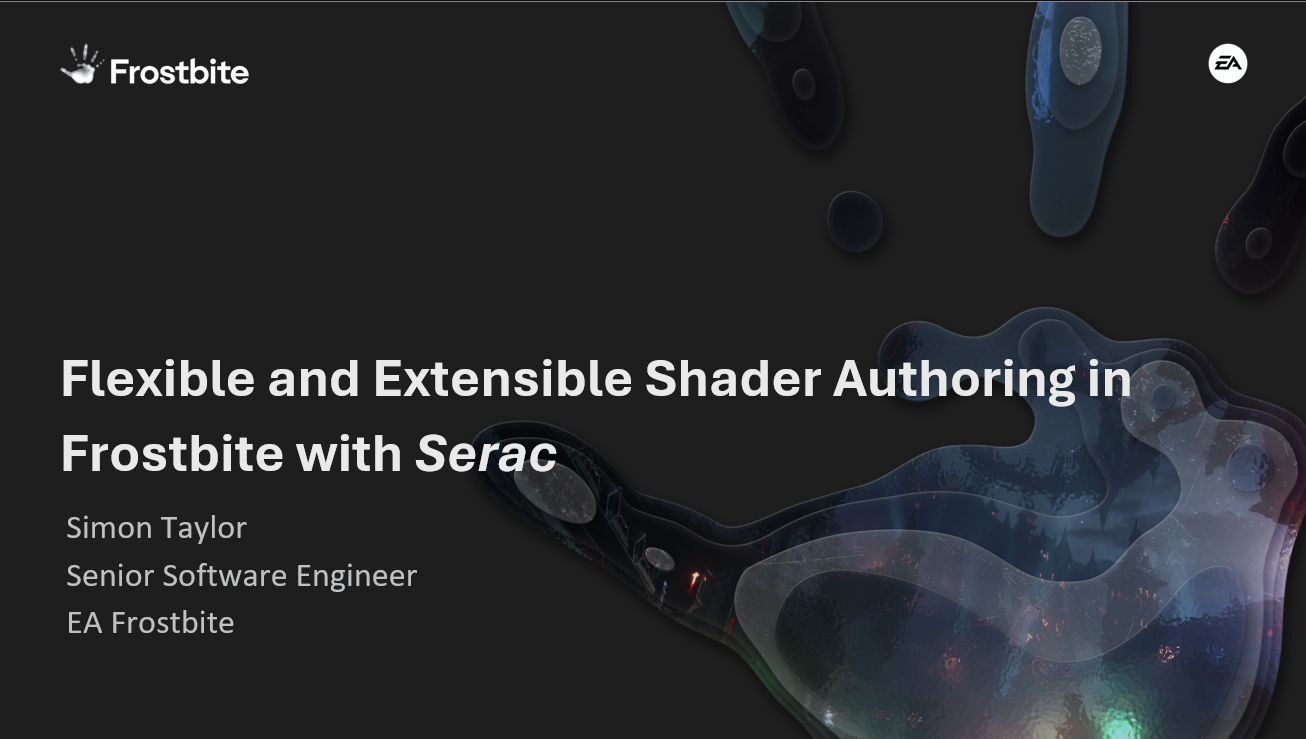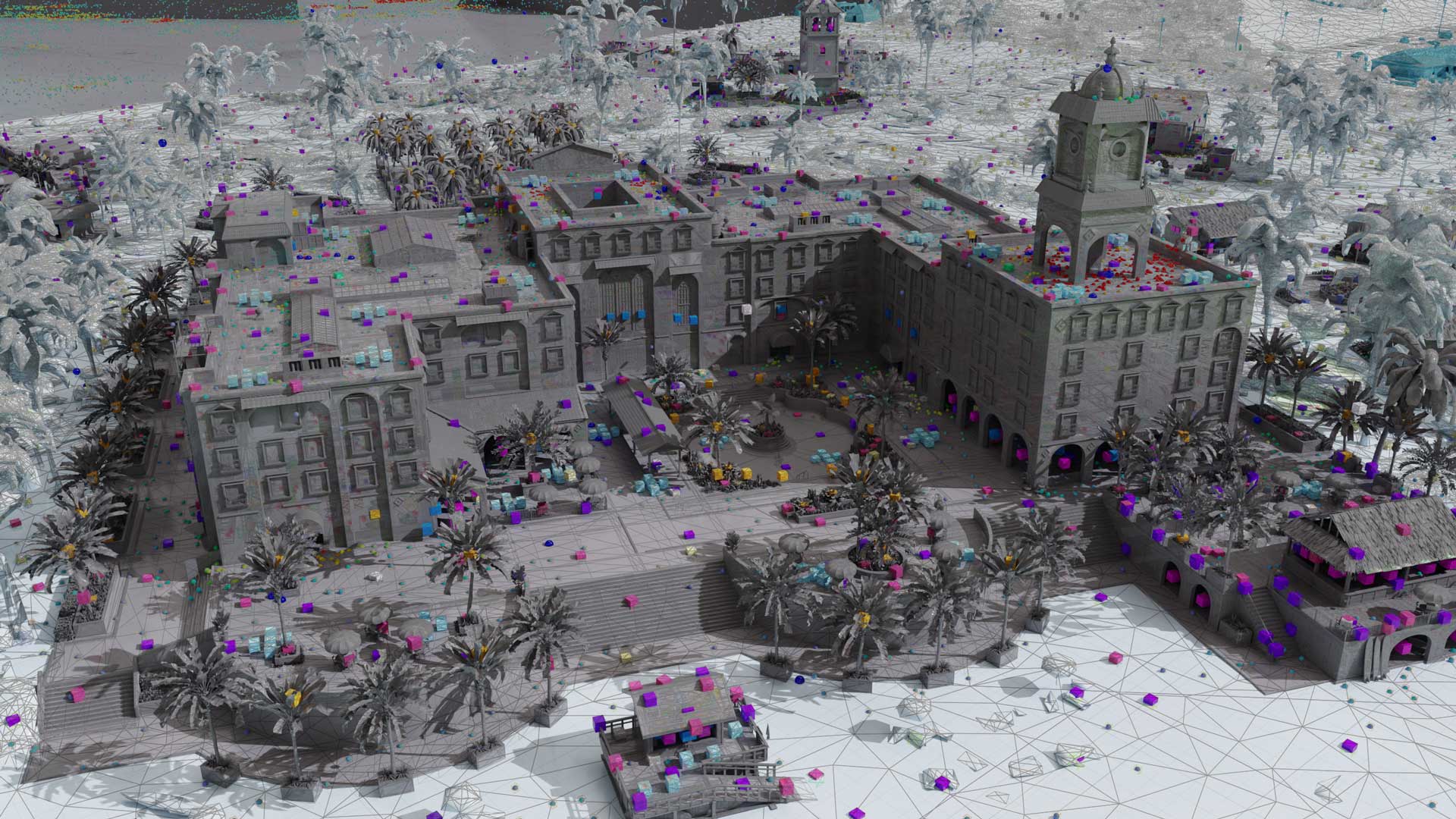Graphics Programming Newsletter Database

-
The keynote covers the history of computer graphics
research (in algorithms, materials) with a focus on
techniques used until today
-
Discusses a look into the future by presenting
techniques of the past that were not successful with
current research
-
Additionally presents how the user base might influence
research directions in the future

-
The blog post visuall explains floating point
quantization techniques
-
Presenting 32-bit, 16-bit as well as 8-bit floating
point formats
-
Explains the concepts in relationship to LLM models

-
The talk recording discusses a method for calculating
ambient occlusion using stochastic depth maps to
optimize ray-traced AO
-
Presents a quality comparison with different resolutions
and different test cases
-
Additionally compares against screen space solutions

- A collection of links to SIGGRAPH 2024 resources
-
Includes courses, talks, posters as well as open source
data releases

-
The Siggraph presentation presents Frostbites’ shader
authoring solution
-
Shows how it allows extensible component replacement,
mixing of different implementations, and automatic
interpolation logic
-
Additionally discusses what worked well, what still
needs to be improved

-
The blog post announces the release of the geometry for
the Call of Duty Warzone map in USD format
-
The dataset contains five million meshes, 28 million
primitives, and more than one billion point instances
-
License allows use for non-commercial, academic use

-
The paper presents a method that converts an SDF into a
point cloud
- Point cloud is then converted into a mesh surface
-
Compares the quality of the new algorithm against
existing solutions

-
The video episode explains how to integrate Mikk TSpace
tangent space calculation into the engine
-
Discusses the importance of consistent tangent space
authoring for good results







